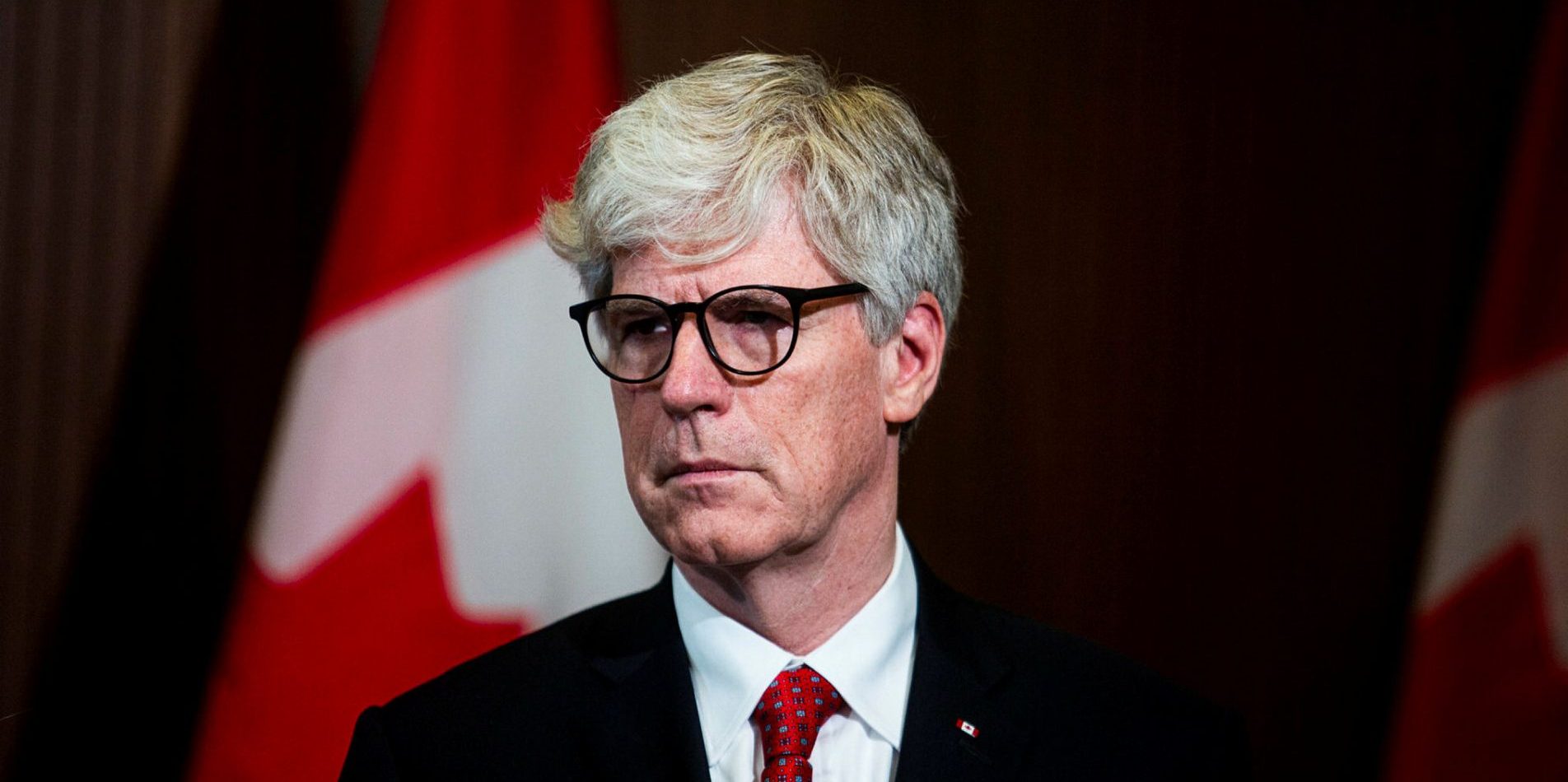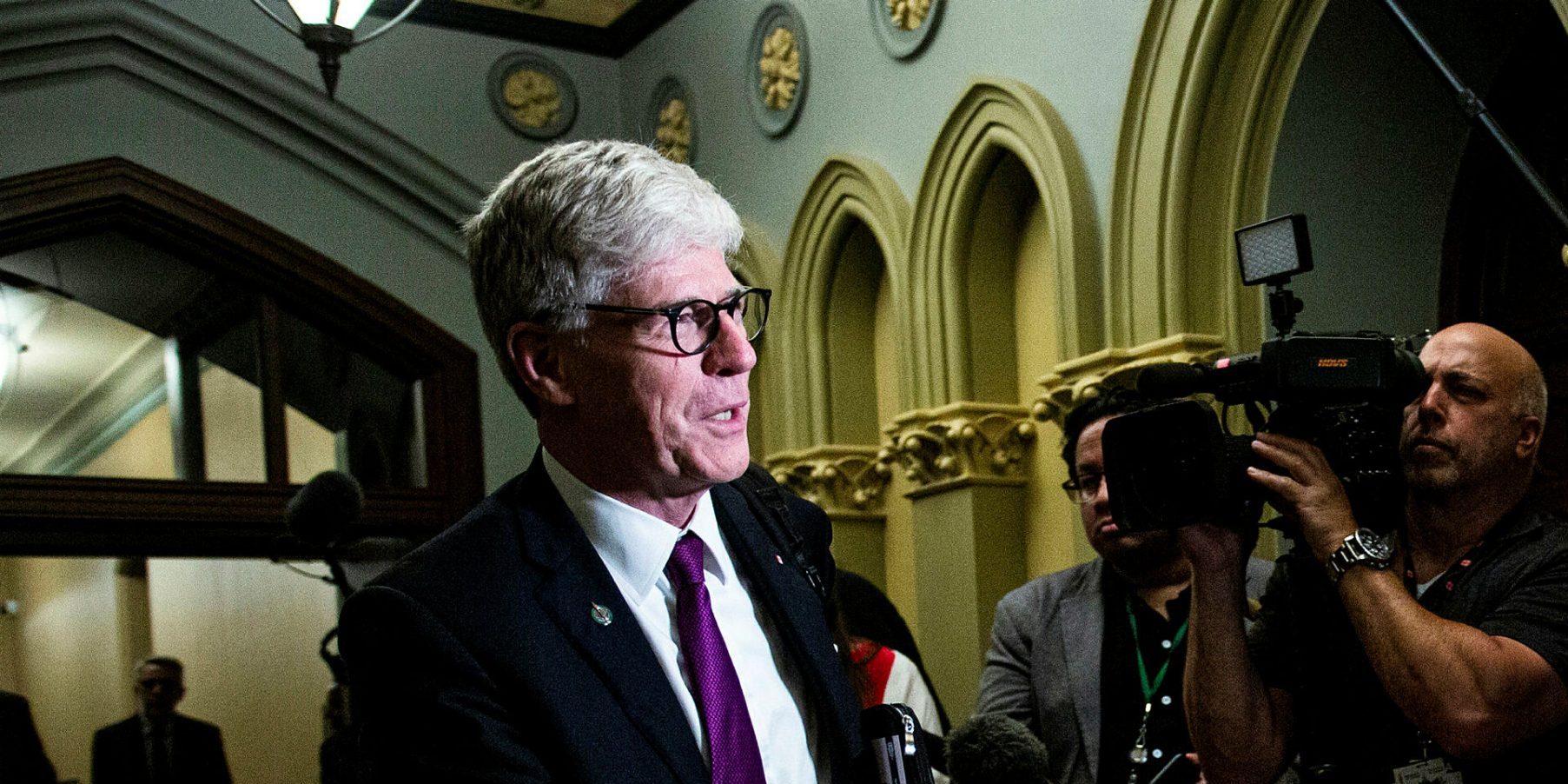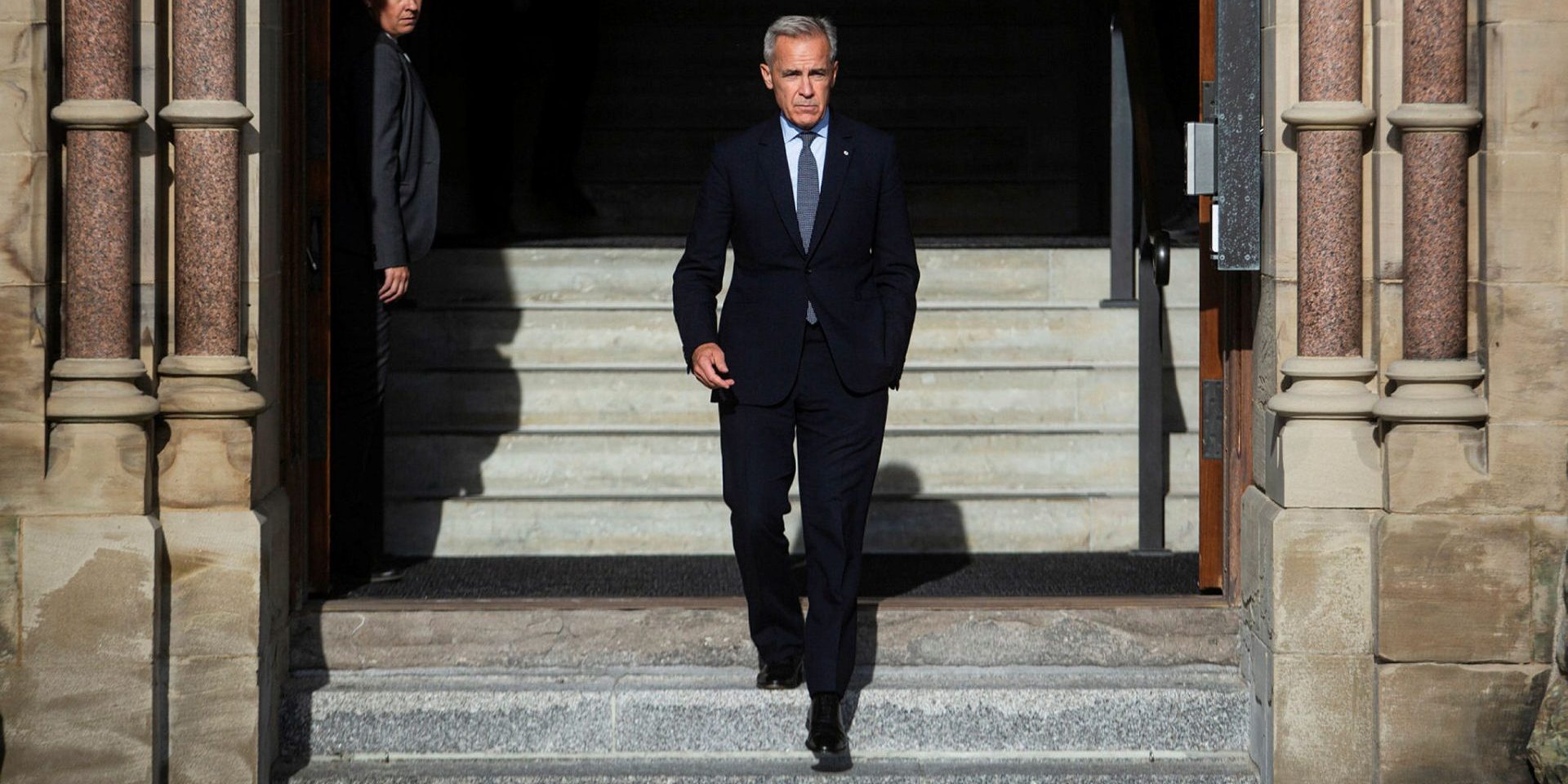Being an energy superpower in 2025 means going clean

Canada’s new government has been clear that, in addition to building our clean energy sector, building the nation’s conventional energy sector (read oil and gas) is a priority.
But how much effort should Canada be putting into further building out its fossil fuel versus clean energy industries? Also, is this even possible given where global energy markets are headed?
The evidence continues to pile up that we should look before we leap into betting this country’s future on fossil fuels, which are globally fast becoming the highest-cost option and energy source of last resort.
Consider natural gas. Last year, the European Union’s demand was at its lowest level since 1996. United Kingdom gas demand was down 10 per cent between 2022 and 2023, and is now at the lowest level since 1992. To the east, Japan’s LNG imports are at the lowest level in 14 years. Even China, a perennial growth market for gas, is slowing as it builds out renewables. Last year, the country installed 356 gigawatts of solar and wind power, equivalent to 320 Site C dams or 64 Bruce Power nuclear plants.
Global oil markets are no less certain. OPEC+ members, including the United Arab Emirates, are breaking ranks on production caps as they liquidate reserves in the expectation that oil demand peaks in the coming decade. The International Energy Agency forecasts that this peak will happen around 2030, leading to surplus capacity in production and refining globally. This is already leading to challenges in fiscal planning here at home. At around US$63 at the time of writing, the price of West Texas Intermediate is well below the US$68 the Alberta government used for its Budget 2025 forecast, creating a $5.2-billion provincial budget deficit.
Why? The global energy transition is underway. Quite simply, electrons are winning because they are better and more efficient at producing and delivering the energy we need. As fossil fuels lose almost two-thirds of their primary energy before producing any benefit, and are the most volatile component of Canada’s overall inflation—accounting for a third of inflation during the period between February 2021 and June 2022— electricity is moving markets primarily for practical, not ideological reasons.
Investing in clean technologies and supply chains is now an economic imperative globally. Of Canada’s 10 largest non-American trade partners, all have net-zero commitments and carbon pricing systems, and roughly half apply carbon border adjustments on imports and have domestic EV requirements. The world has changed, and so, too, must Canada’s approach to its industrial strategy.
Public dollars that can be used to spur innovation and build new infrastructure are finite. Competing head-to-head with the Gulf states, Russia, and the United States to produce commodities that economies are trying to use less of is not a proposition that sets our economy up for future success. With investment in clean technologies on track to be 50 per cent higher globally this year than the total amount spent bringing oil, natural gas, and coal to market, our first order of business should be generating and transmitting more clean energy, to increase competitiveness, and to insulate ourselves against uncertainties in the U.S. electricity market.
Take Alberta—while volatile oil prices created fiscal challenges, renewables were poised to help fill the gap. Pre-2024, the province had attracted $6.4-billion in renewable energy capital investment, creating 6,200 jobs, and enough energy to power 1.7 million homes. However, policy choices are important, and Premier Danielle Smith’s have created uncertainty and reduced investor confidence in the market.
In a world increasingly powered by critical minerals, and where production is increasingly centralized in a few states, Canada has the potential to anchor innovation and investment in the upstream production of things like EVs, batteries and other applications by strategically and thoughtfully producing and deploying new resources.
We look wistfully at countries like Norway that have exploited their resource wealth to decarbonize their own economies, boosting wealth and well-being. But we can’t recycle a playbook from the era of landlines in the age of AI and expect the same outcome. As Warren Buffett once put it, “If past history was all that is needed to play the game of money, the richest people would be librarians.”
Rachel Doran is the executive director of Clean Energy Canada, a think tank at Simon Fraser University’s Morris J. Wosk Centre for Dialogue. Doran previously led the organization’s policy work, and has been a frequent commentator on all aspects of the energy transition. Mark Zacharias is a fellow at Simon Fraser University’s Centre for Dialogue, and a special adviser for Clean Energy Canada.
The Hill Times





 LICENSING
LICENSING PODCAST
PODCAST ALERTS
ALERTS


